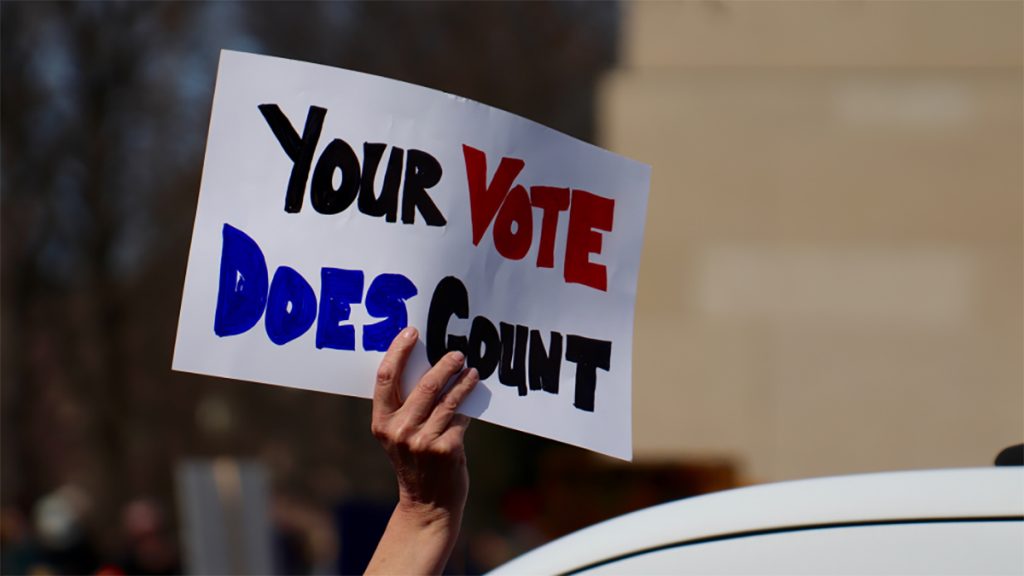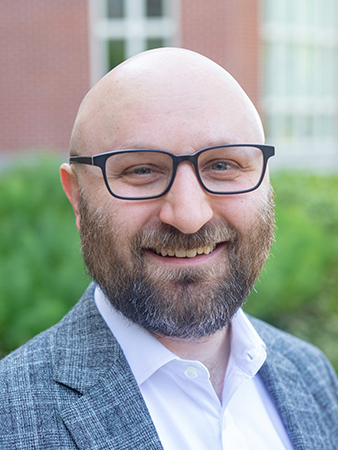Community activism as public relations

A new study from the Missouri School of Journalism challenges the notion that public relations is a solely corporate communication practice and that community activism uses many of the same strategic communication tools as PR.
University of Missouri study looks at expanding the history of public relations to include community activism and by extension, attract more diverse practitioners
Contact: Sara Diedrich, 573-882-3243, diedrichs@missouri.edu
While longtime feminist community activists and writers Grace Lee Boggs and bell hooks never considered themselves public relations practitioners, a new study from the University of Missouri uses their work to challenge the notion that PR is a solely corporate communication practice.
Pushing to expand the history of public relations, the study examines how community activism — through the lens of Boggs and hooks — has used PR strategies and tactics for years to help organizations better understand their potential for social change. By looking beyond the traditional textbook-based history of PR, researchers at the Missouri School of Journalism and Penn State University hope to provide a “more inclusive understanding of public relations” and by extension, attract practitioners from more diverse backgrounds.

“We have an interest in expanding the history both because it is true and reflects a more accurate view of public relations but also with the intent to say, ‘Look future students and practitioners, here are some pioneers who look like you do…using strategic communication tools to better their neighborhoods, communities and schools,’” said Luke Capizzo, assistant professor and lead author of the study. “We need to demonstrate to a wider range of folks that this is a profession in which they can do good in the world.”
According to the study, public relations history has tended to prioritize corporate communication practices and showcase professional, self-identified practitioners over activists and other genres of the discipline. Some of the key qualities of those successfully practicing activist PR are the ability to continuously learn, be able to see the holistic picture, build relationships and have strong communication skills — tools that exemplify public relations, which both Boggs and hooks used in their decades-long careers.
Writer, activist, community leader and “working-class philosopher,” Boggs, an Asian American who died in 2015, lived and organized in Detroit, the center of her advocacy efforts for more than 60 years. Known for her cultural criticism and life-long dedication to inspiring social change, hooks, who was African American, was a prolific writer, teacher and community activist; she died in 2021.
While two-thirds of public relations practitioners are female, Capizzo said, 78% of major agency CEOs are men. However, by expanding the history of PR with contributions by women, such as Boggs and hooks, it shows that public relations as a profession and an organizational function includes responsibilities to societies and communities above the interests to individual organizations or clients — concepts long held and put into action by feminist activists.
“We have people like Boggs and hooks who have those same passions and are leaders in this field,” Capizzo said. “We must write that history in order to make it visible for folks. Race, ethnicity, socioeconomics, gender — all those pieces matter. If we can find ways to tell that (PR) history, we could attract more diverse students to the field.”
In the study, researchers write: “Community building cogently summarizes what many practitioners envision that public relations ought to be — a proactive (nonreactive) effort to bring people together through involvement, nurturing and organizing.”
Finally, viewing community activism as public relations shows how using strategic communications tools over a long period of time — sometimes decades — can bring about societal change.
“If we are listening to our communities, we can bring in a community perspective to organizational leaders and say these are the things people care about. If you do these things in this moment, we will have a long-term positive impact on the community,” Capizzo said. “If we (as public relations practitioners) can be that conduit from listening and gathering information, I think we can make organizations better for themselves and their communities.”
“It’s about (damn) time: Community, temporality, and feminist values in activist public relations history” published in Public Relations Review. Contributing authors are Stephanie Madden, assistant professor of public relations at Penn State University, and Mikayla Pevac, who recently completed her Ph.D. at Penn State University.
Updated: May 24, 2023